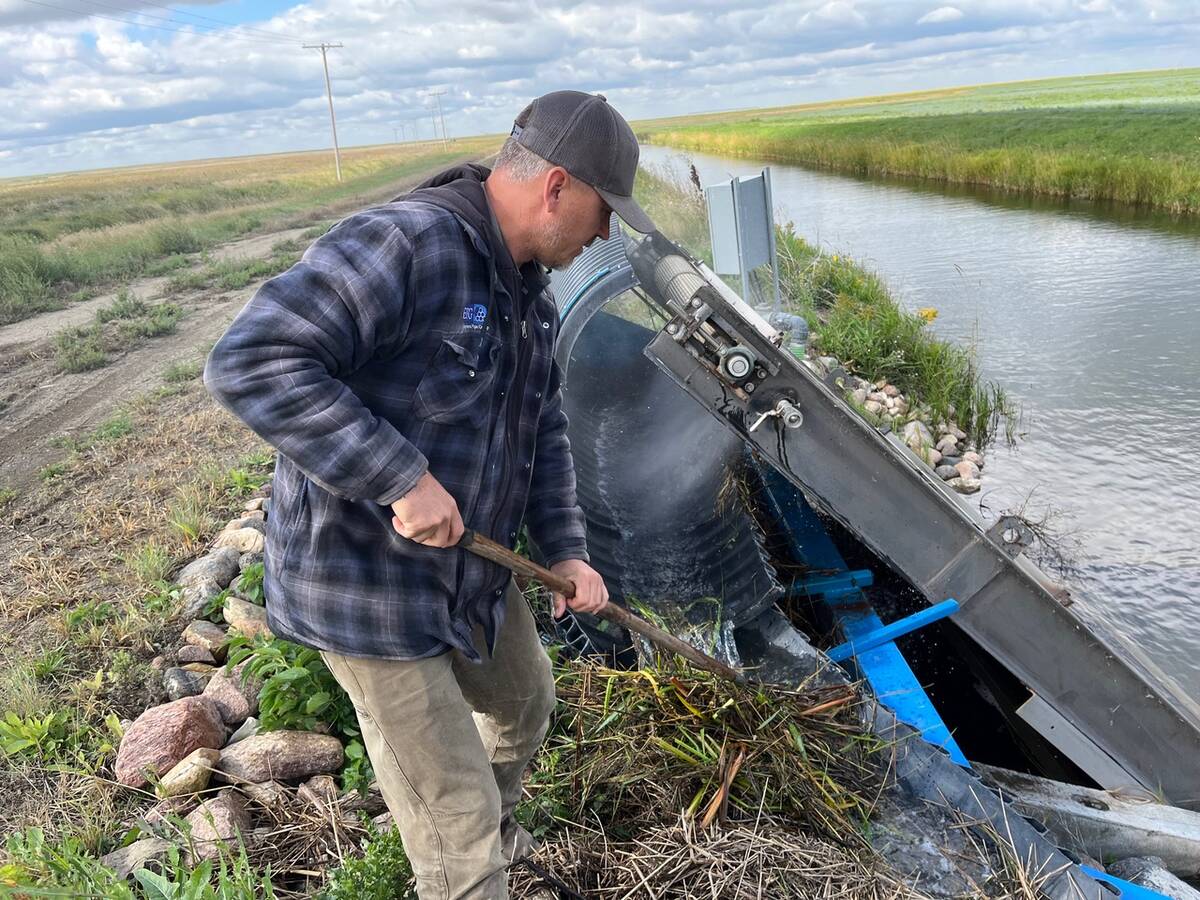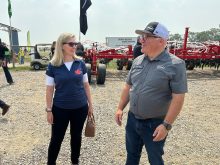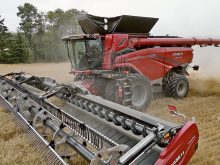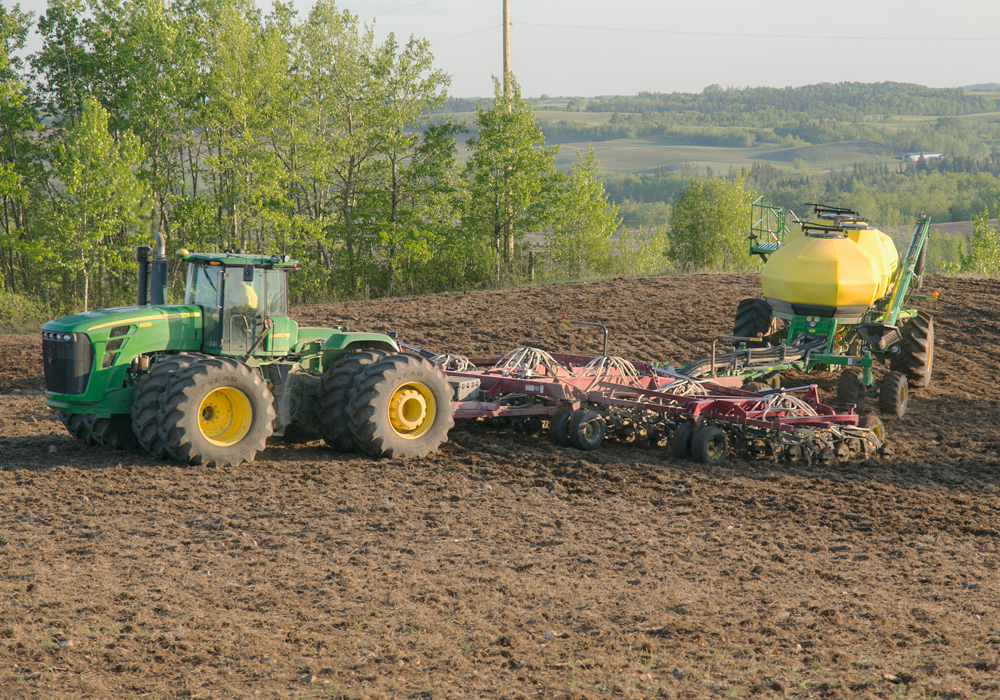MOOSE JAW, Sask. – Saskatchewan could support more vegetable production, as long as consumers are willing to pay.
Kim Sakundiak, who with Wayne Gienow operates Lincoln Gardens in the valley between Lumsden and Craven, told people attending a Food Secure Saskatchewan workshop that there is room for more growers.
There used to be 11 farms producing fruits and vegetables in the valley. Now there are three market gardens and one commercial farm, she said.
Statistics Canada data verifies that in the last 20 years vegetable production in the province has dropped.
Read Also

Saskatchewan farmer uses tile drainage to manage water
The integration of both irrigation and tile drainage results in higher yields, water efficiency, improved soils and less nutrient runoff, says one producer.
According to Saskatchewan Agriculture, there were about 445 acres of vegetables planted in 2008, along with 9,500 acres of potatoes.
“The number of new farms hasn’t kept up with those retiring or going out of business,” Sakundiak said.
But while there is opportunity, there are also challenges.
“One of the largest obstacles has been cheap produce from out of the country,” she said.
That may change as the world faces lower energy supplies and, in the case of California for example, low water supply. Some operations are packing up and moving to Mexico, which could push up prices.
If that happens, Sakundiak said consumers must decide if they will support Canadian growers.
Lincoln Gardens was established as a family operation in the 1970s and taken over by the third generation in 1987.
It includes about 130 acres of vegetables, pumpkins and U-pick fruits.
The farm is one of the largest direct market farms in Saskatchewan. It does some wholesale business to stores and participates in the Regina Farmers’ Market.
Potential new growers require land they can irrigate from a safe, dependable water source, Sakundiak said.
Irrigation is expensive – a simple system for a 10-acre plot costs about $20,000. A larger pivot system requires at least $100,000.
New growers also have to be prepared to deal with the weather. Lincoln Gardens lost everything in the August 2004 frost.
Most plants are started indoors and transplanted by hand.
Labour is another challenge. Sakundiak used British Columbia figures to illustrate how much it costs, including picking and washing, to grow four different crops.
Carrots and spinach cost about $10,000 per acre, beans and peas $8,000 per acre and tomatoes $4,500 per acre.
Like most operations, Lincoln Gardens uses migrant workers through the seasonal agricultural workers program. Employers are responsible to pay housing, airfare, work visa and wages, among other things.
Sakundiak said it can be difficult to get capital because financial institutions consider vegetable production to be high risk. New entrants shouldn’t expect to buy everything they need at once.
Small-scale farms of fewer than five acres or specialized farms will likely require a second, off-farm income.
“It is a very difficult career choice,” she admitted. “We believe in it. Wayne grew up in it.”
Sakundiak also said that while there is hype about buying local, not many people are willing to pay the true cost of vegetables.
“Until that changes, there’s not going to be any room for new growers,” she said.
Imported produce is cheaper because workers aren’t paid a minimum wage, the growing climate is better and the scale of many southern farms is larger.
Some question whether Saskatchewan growers can market at prices that will turn profits and be acceptable to consumers.
In 2007, when she raised cucumber prices by $2 after calculating tremendous losses the previous year, her customers were aghast.
“Consumer attitudes have to change,” she said. “Farming is a business. It’s up to all of the non-farmers to get on board.”
One workshop participant noted that people will spend all kinds of money on technology, but balk at paying for quality food.
“Less than 10 percent of a Saskatchewan person’s budget is spent on food and look at our cell phone bills,” the participant said.

















